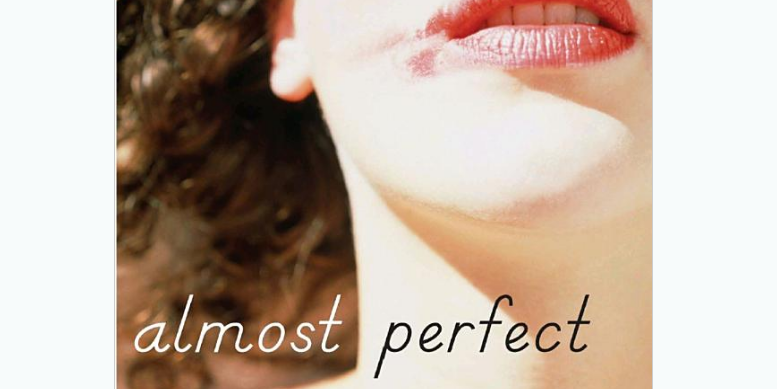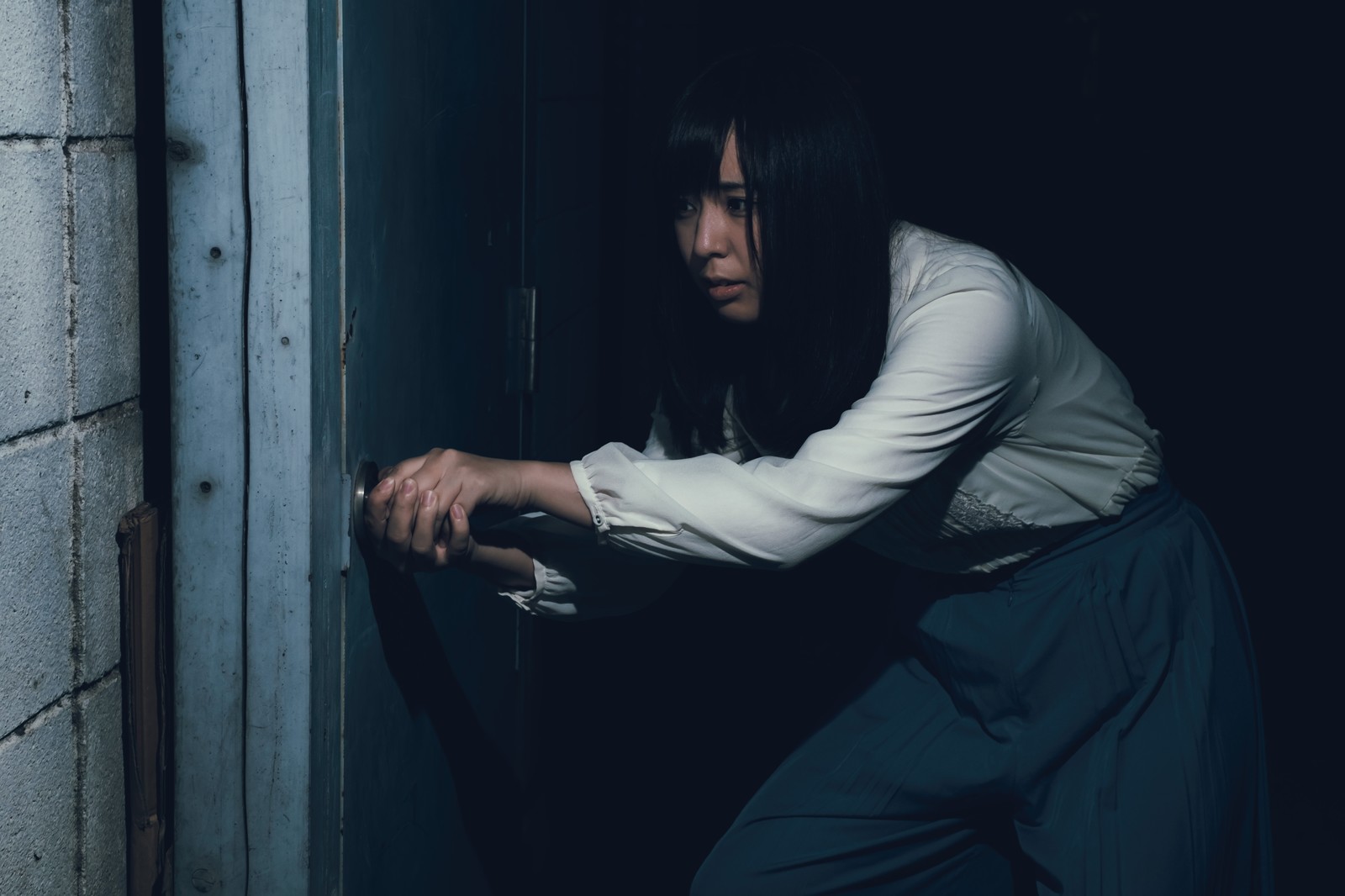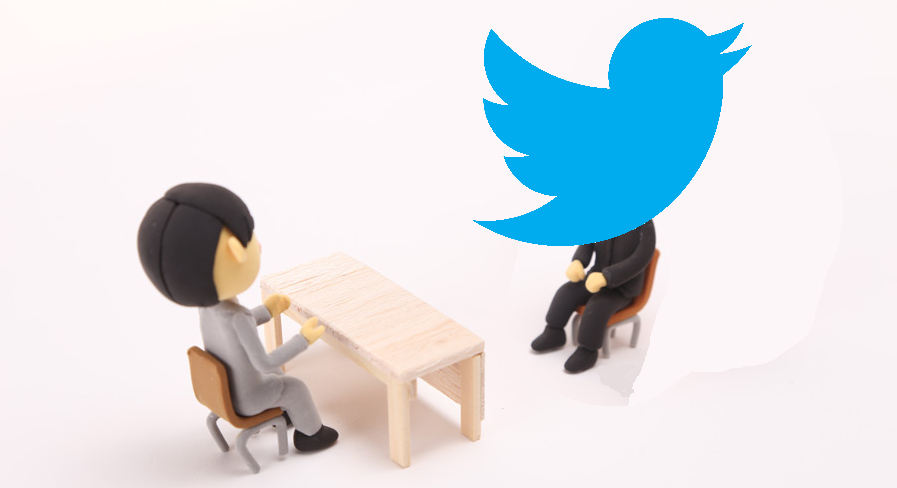I can’t believe believe it was six months ago, back in December 2017, when I first started the ScottWritesStuff creative writing livestream.
I had no idea what to expect back then, but I couldn’t be prouder of what the stream has grown into. I’ve learned so much in these six months, and I’ve had a ton of fun with everyone in chat. Here’s to hoping for an even more awesome six more months to come!
To celebrate our stream-iversary, I decided to try out some things I’ve always wanted to do. For the exercise section, I wanted to see how well I knew my viewers’ writing. I invited anyone in chat to write an (anonymous) seven sentence story in a Google Doc, and then when everyone was done, I went in and tried to guess who wrote each one.
How did I do? Here’s my score:









